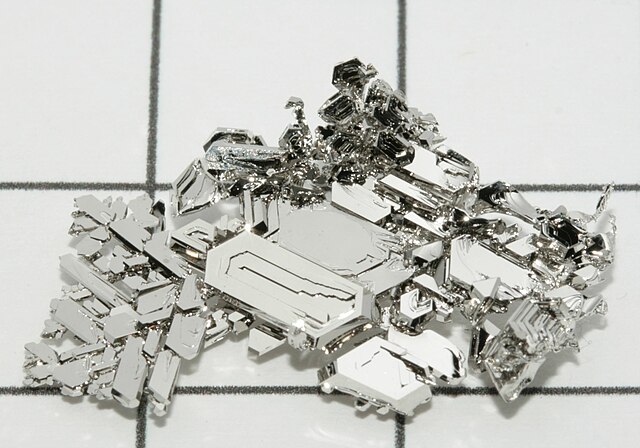Platinum is a rare and precious metal known for its lustrous appearance, exceptional durability, and various industrial and decorative applications. Here’s everything you need to know about platinum:
1. Rarity and Occurrence:
- Rare Metal: Platinum is one of the rarest naturally occurring elements on Earth, with a limited supply.
- Mining: The primary sources of platinum are platinum group metal (PGM) ore deposits, primarily found in South Africa, Russia, and Zimbabwe. Platinum is also extracted from nickel and copper ores.
2. Physical Properties:
- Color: Platinum is a silvery-white metal with a highly reflective surface that doesn’t tarnish or corrode.

- Density: Platinum is a dense metal, and it is often heavier than other precious metals like gold.
- Durability: Platinum is highly durable and resistant to wear and tear, making it suitable for various applications.
- Malleability and Ductility: Platinum is malleable and ductile, allowing it to be shaped and drawn into various forms.
3. Purity and Alloys:
- Purity: Platinum is typically used in its pure form, with purity levels of 95% to 99.95% or higher.
- Platinum Alloys: While pure platinum is common, it is also alloyed with other metals such as iridium, palladium, and rhodium to enhance its properties.
4. Uses of Platinum:
- Jewelry: Platinum is highly valued for its use in crafting fine jewelry, especially engagement rings and wedding bands. Its durability and hypoallergenic properties make it a popular choice for jewelry.
- Catalysts: Platinum is a critical component in catalytic converters used in automobiles to reduce emissions of harmful gases.
- Chemical Industry: Platinum is used in the chemical industry for various processes, including the production of nitric acid, silicone, and synthetic fibers.
- Electronics: Platinum is used in electrical contacts and thermocouples due to its excellent conductivity and resistance to corrosion.
- Medical Devices: Platinum is used in medical devices like pacemakers and dental restorations.
5. Value and Pricing:
- Market Price: The price of platinum is influenced by supply and demand dynamics, economic conditions, and geopolitical factors.
- Investment: Platinum can be purchased in the form of coins, bars, and investment-grade bullion for portfolio diversification.
6. Cultural and Symbolic Significance:
- Symbolism: Platinum is often associated with prestige, luxury, and exclusivity due to its rarity and expense.
7. Environmental Impact:
- Mining Concerns: Platinum mining can have environmental impacts, including habitat disruption and water pollution. Sustainable mining practices are increasingly being adopted to mitigate these effects.
8. Recycling and Reuse:
- Platinum Recycling: Recycling of platinum is common, with significant amounts of the metal recovered from discarded catalytic converters, electronics, and jewelry.
Platinum’s rarity, durability, and unique properties make it a highly sought-after metal with diverse applications in industries ranging from jewelry and automotive to electronics and chemicals. Its enduring appeal, coupled with its status as one of the world’s most precious metals, ensures its continued significance in various aspects of modern life.











